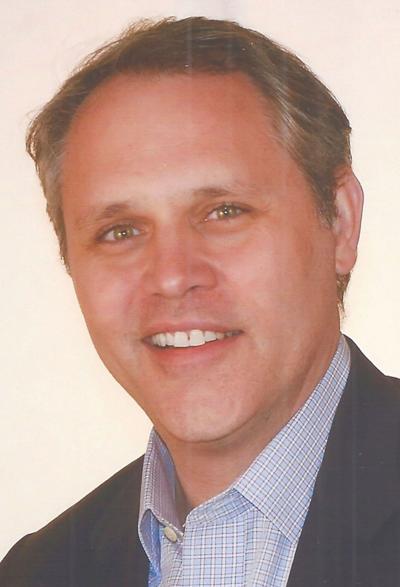Piers on either side of Pinestream Road at West Paces Ferry Road once perfectly framed the Calhoun house, also known as Trygveson and the Pink Castle.
Between the road and the Philip Shutze-designed palatial home was an enormous, sweeping lawn. The Italian-style structure sat perfectly, comfortably, on these spacious grounds.
It is a view I have only seen in old, grainy photos. I lament I never saw it with my own eyes.
On the other side of West Paces Ferry is perhaps Shutze’s finest residential design, similarly situated, preserved and restored — furniture, grounds and all.
More impressively, it is accessible.
All one has to do is pay the entry fee to the Atlanta History Center.
Swan House is worth the price of admission.
Prior to her death in 1965, Mrs. Edward Inman arranged for the house and the acreage to be sold to the Atlanta Historical Society for $500,000. Her husband died in 1931, just three years after they completed the home.
In 1967, the society opened it to the public as a museum. It is a perfectly intact example of the golden age of Atlanta residential architecture, designed by a man some considered the greatest living classical architect of his time.
The home represents the high point of that era.
Given this history and its importance, it may seem surprising I have only written about Swan House in passing.
After all, I have written about many of Shutze’s Buckhead designs and those of his firm, Hentz, Reid and Adler. Historic homes are a subject about which I have written more than any other.
It isn’t a blind spot so much as an avoidance of writing about subjects other writers have covered extensively.
It occurred to me I haven’t seen much written on the house in some time.
It seems I’m not the only one who takes it for granted.
Edward and Emily Inman moved into the home in 1928. Like many wealthy Atlantans of his time, his means came from banking, railroads, and real estate. He was best known, though, for his family’s cotton brokerage.
The house is on a hill on Andrews Drive. The side facing the street with the tiered fountain leading to the door is the back of the house. The soaring porte-cochere, with four huge two-story columns looking out over the woods, is how people entered the home.
That’s not to say what I am calling the rear of the house isn’t grand. An Italianate attic tops the structure, with a circular window in the center and statues on either side. Below is the cascading fountain with stairs leading to several tiered lawns.
It takes its name from the swan motif, which can be difficult to see other than two ornate tables in the dining room.
The grounds, also designed by Shutze, are as impressive as the house, if not more so. It originally sat on 28 acres and is surrounded by courtyards, fountains and gardens.
I can’t do either justice.
But I also come bearing some interesting footnotes about the house.
First, prominent architect Neel Reid did the original design, which was completely different. He designed a brick Georgian-style home. He died at the age of 41 in 1926 before construction started.
Shutze, who worked for Reid at Hentz, Reid and Adler, took over the project and went in a wildly different direction, a style for which he was known.
Equally interesting is the fact the move divided the members of the Atlanta Historical Society.
A faction believed the society needed to be centrally located and accessible. They felt relocating the archives to tony Buckhead and a grand mansion from the Roaring Twenties was not in keeping with its mission.
The historical society was in another historic house on Peachtree Road at Huntington Road at the time.
Coincidently, that building fell into disrepair and an owner had it moved to West Paces Ferry, near the intersection of Moores Mill Road on the south side of the road.
I find it a bit odd the history center for our city is in Buckhead, but I doubt it would have been as successful as it has been were it located elsewhere.
Regardless, Swan House is a crown jewel, and the fact it is perfectly preserved and accessible to the public is a credit to the Inmans and the historical society.






























(0) comments
Welcome to the discussion.
Log In
Keep it Clean. Please avoid obscene, vulgar, lewd, racist or sexually-oriented language.
PLEASE TURN OFF YOUR CAPS LOCK.
Don't Threaten. Threats of harming another person will not be tolerated.
Be Truthful. Don't knowingly lie about anyone or anything.
Be Nice. No racism, sexism or any sort of -ism that is degrading to another person.
Be Proactive. Use the 'Report' link on each comment to let us know of abusive posts.
Share with Us. We'd love to hear eyewitness accounts, the history behind an article.